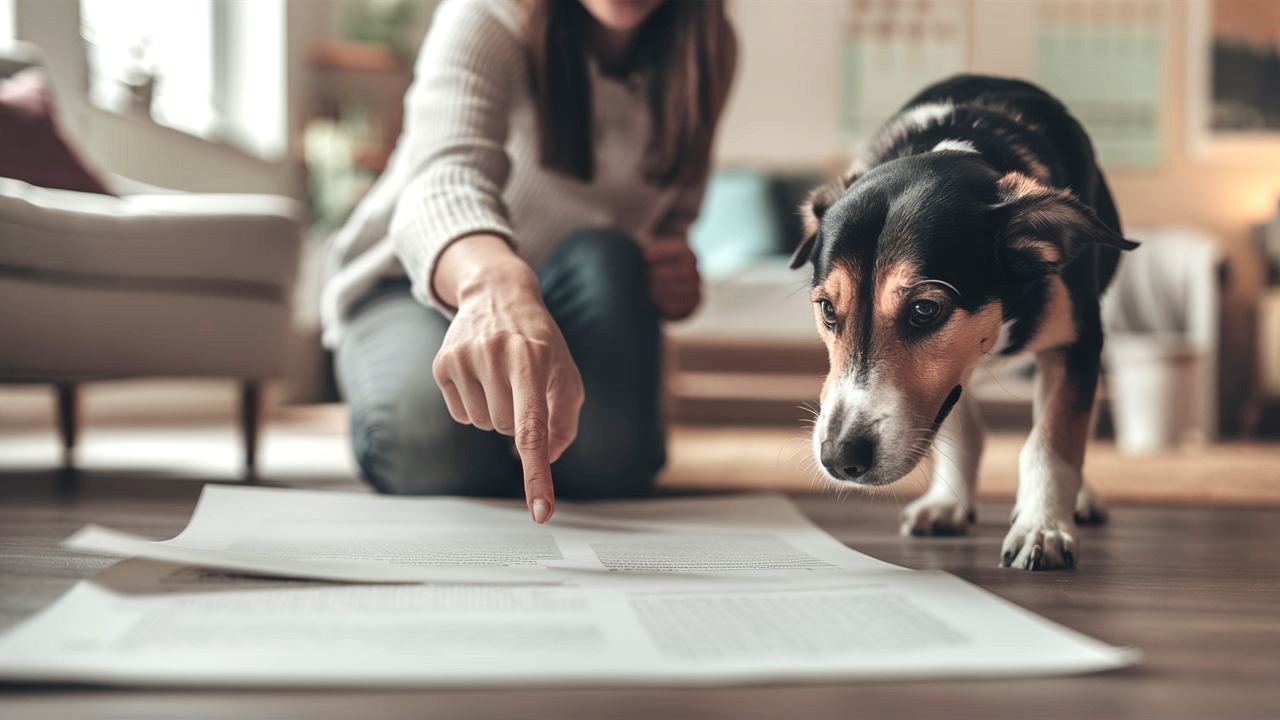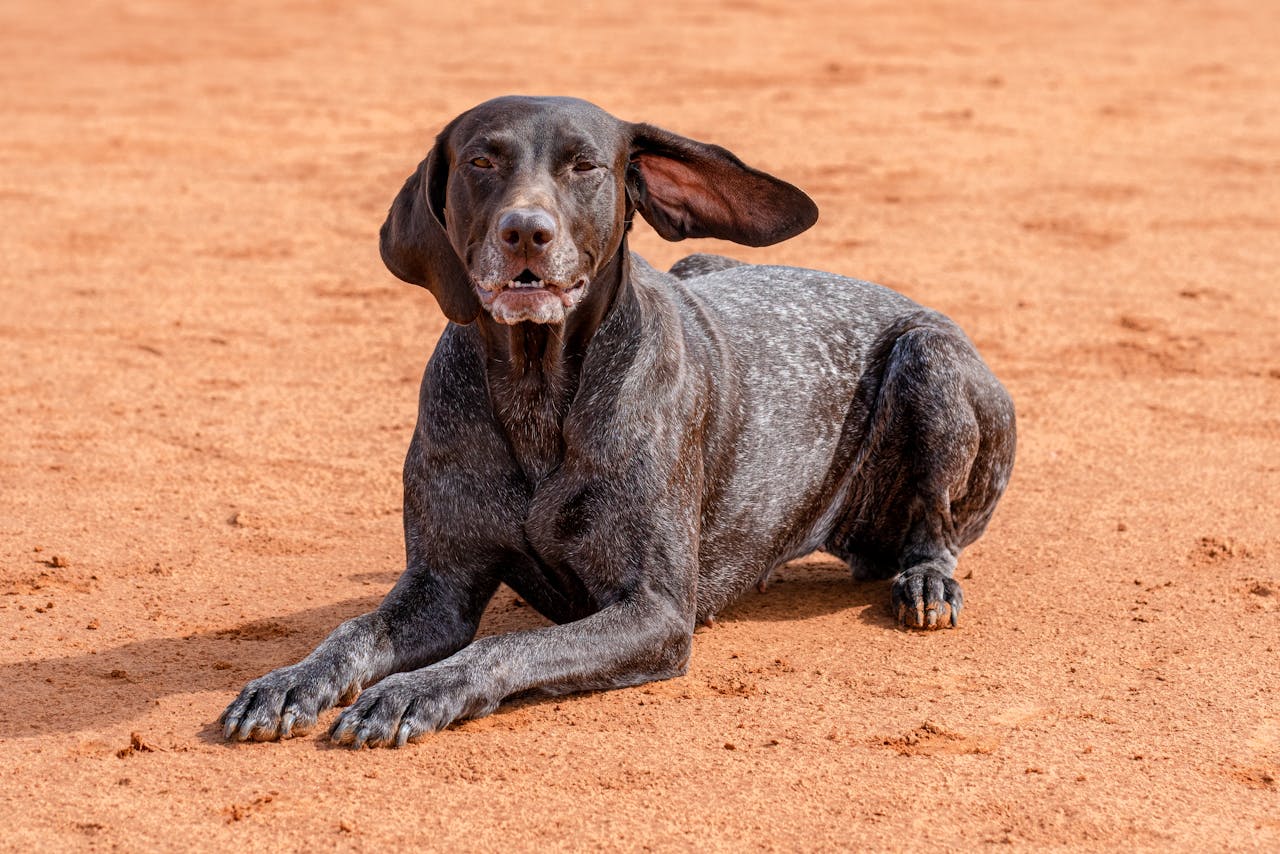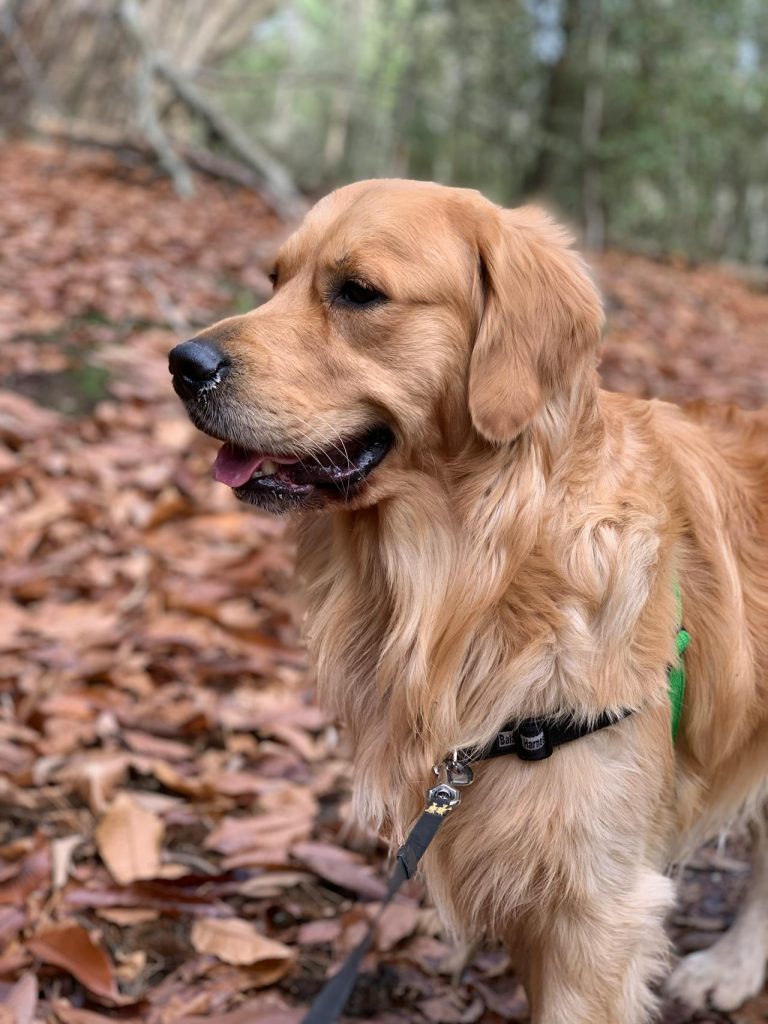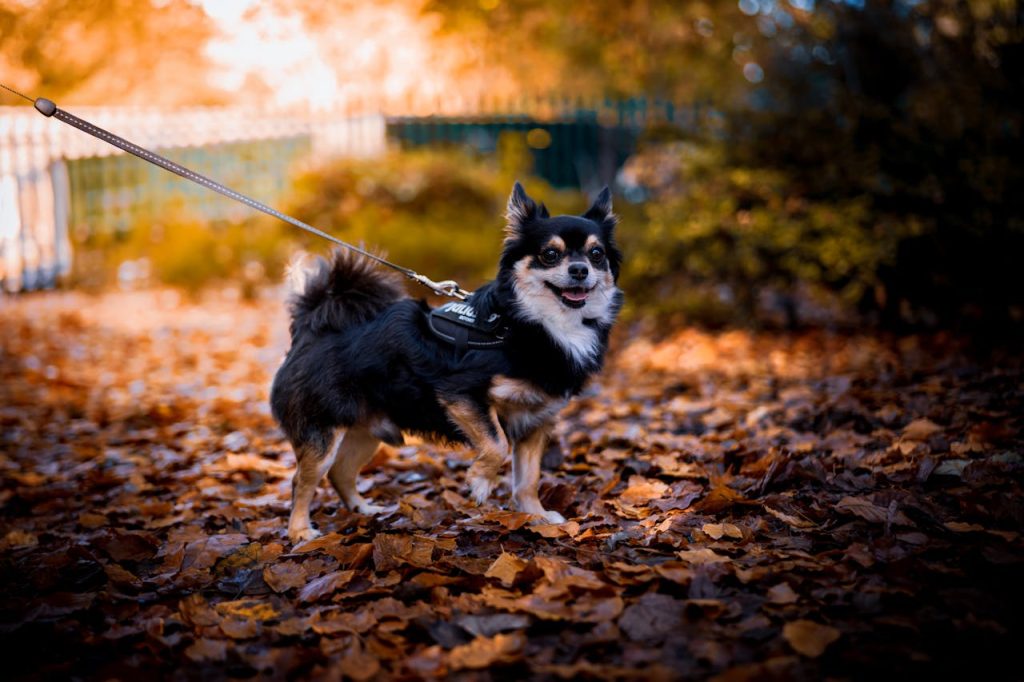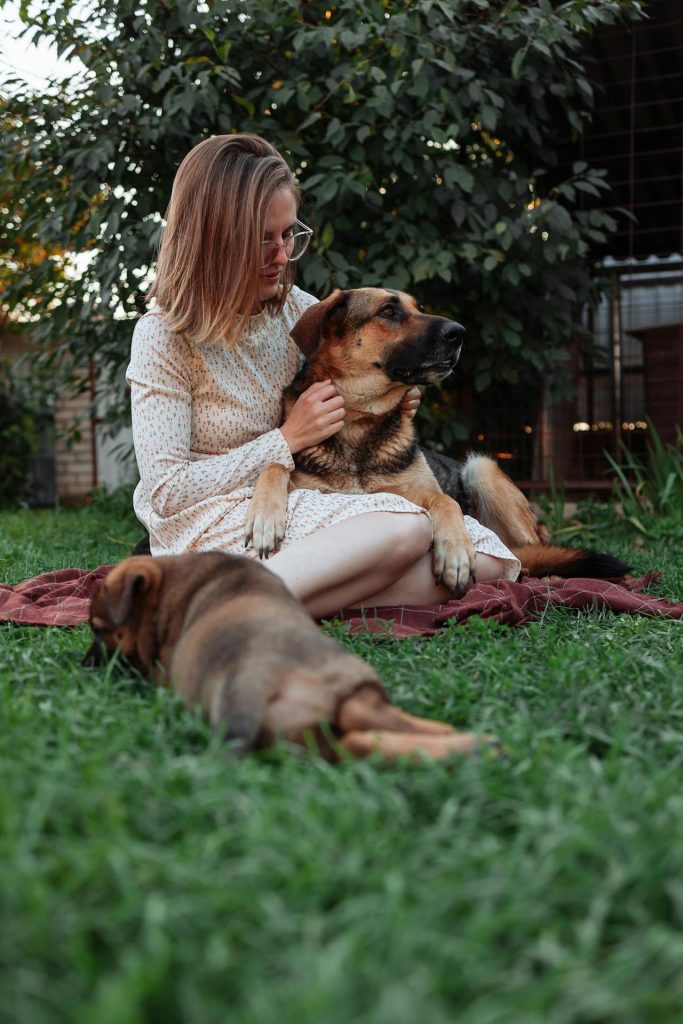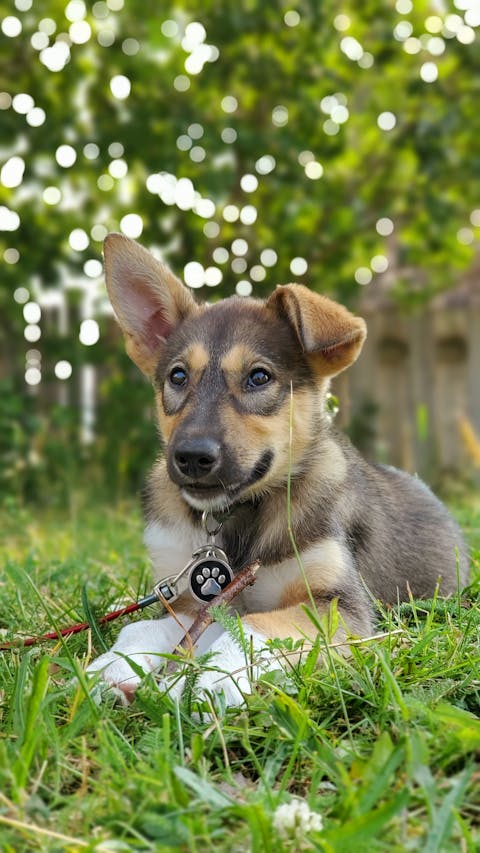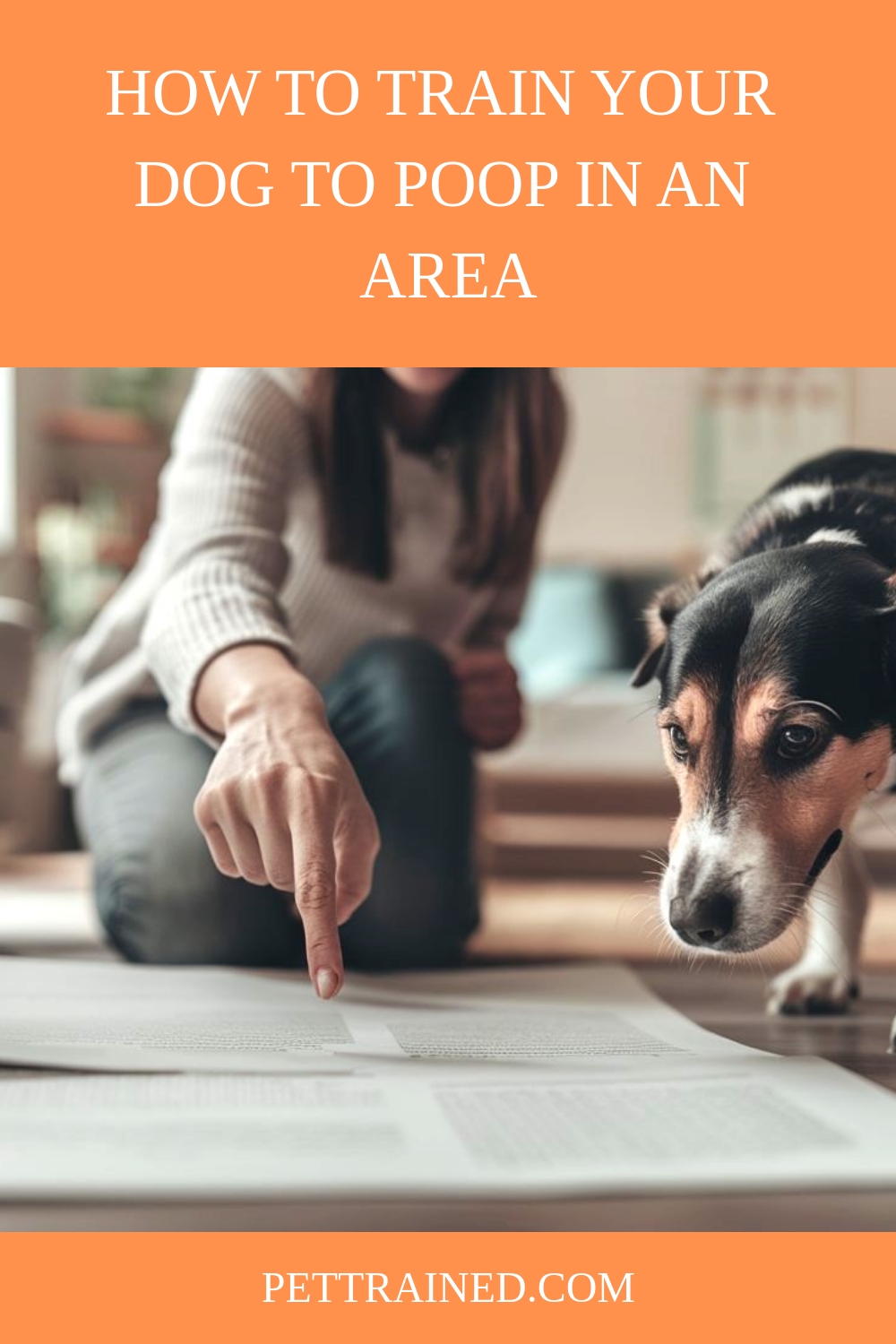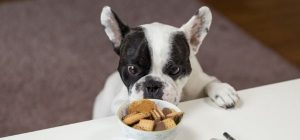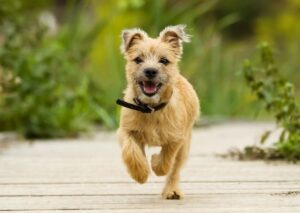To train your dog to poop in a designated area, pick a quiet, accessible spot with an easy-to-clean surface like grass or gravel.
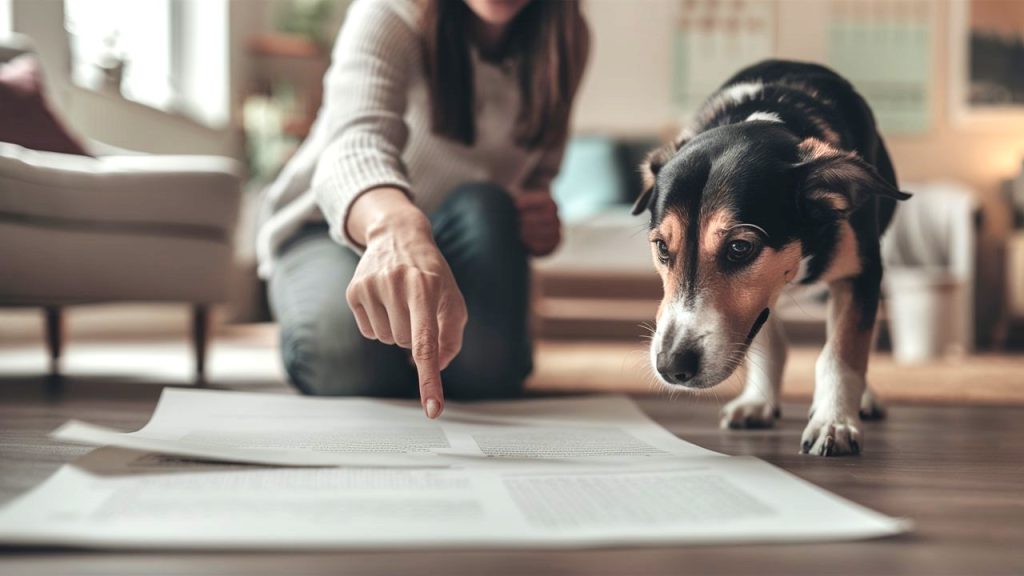
Equip yourself with poop bags, treats, a leash, and cleaning supplies.
Establish a consistent routine by taking your dog to the spot at regular times, using a command like ‘go potty,’ and rewarding them immediately after they finish.
Supervise and guide your dog, especially in the beginning, to help them understand.
Handle accidents calmly and clean thoroughly to remove scent markers.
Gradually reduce guidance as your dog gets used to the routine.
This post contains affiliate links. However all the information provided on this site are my own honest opinions. See more in Disclaimer.
With persistence, you’ll see progress.
Table of Contents
Key Takeaways
- Choose a quiet, accessible spot in your yard that is easy to clean and safe for your dog.
- Establish a consistent routine by taking your dog to the designated area at the same times daily.
- Use a command like ‘go potty’ to train your dog to associate the spot with relieving itself.
- Employ positive reinforcement with treats and praise immediately after your dog uses the designated area.
Choose the Right Spot
To begin, select a quiet, easily accessible spot in your yard where your dog can comfortably do their business. Choose an area that’s away from high-traffic zones to guarantee your dog feels safe and undisturbed.
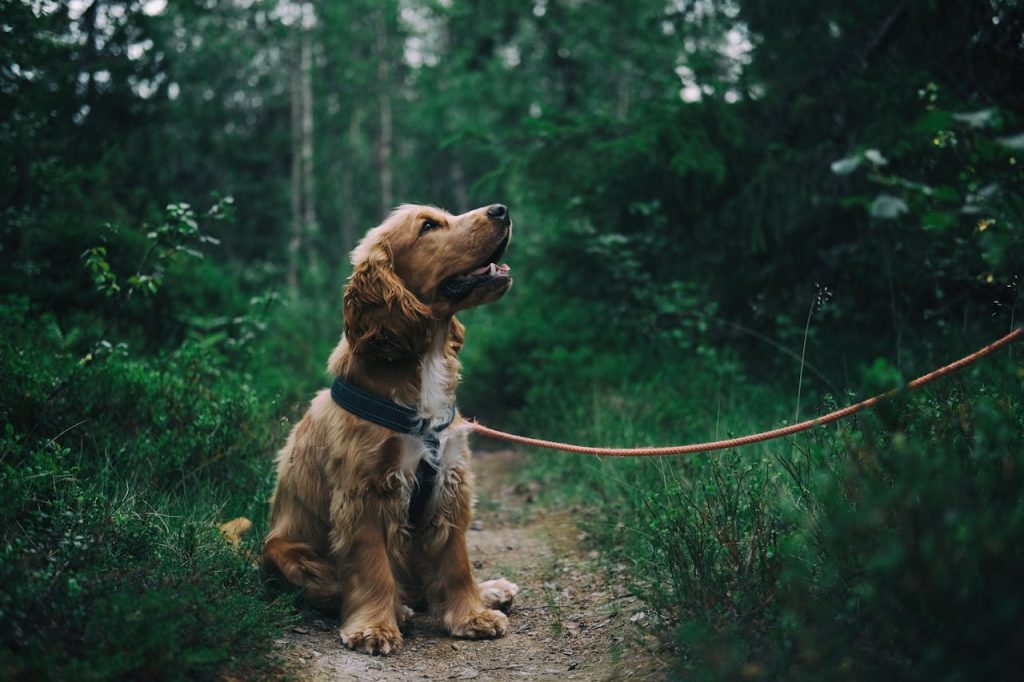
Dogs often have location preferences, so it’s important to pick a spot where they naturally gravitate.
Look for a place with some shade to keep your dog cool, and avoid areas prone to flooding or excessive mud. Consider environmental factors as well. The surface should be easy to clean and maintain.
Grass, gravel, or mulch can work well, but avoid using materials that might be harmful or uncomfortable for your dog’s paws.
Also, think about the proximity to your home. You don’t want the designated area too close to windows or doors to avoid unpleasant odors wafting inside.
Make sure the spot is easily accessible in all weather conditions. This means a path that’s clear of obstacles and easy to navigate, even in rain or snow.
Gather Necessary Supplies
You’ll need to gather a few essential supplies to make the training process smoother for both you and your dog.
Having everything ready beforehand guarantees that you’re prepared for any situation and can focus on consistent training.
Here’s what you’ll need:
- Poop Bags: These are a must-have for any dog owner. Invest in biodegradable poop bags that are easy to carry and dispose of. Keeping a stash in your training area will make clean-up quick and hassle-free.
- Training Treats: Positive reinforcement is key in dog training. Choose high-value training treats that your dog loves. These will be used to reward your dog immediately after they poop in the designated area.
- Leash and Collar: A sturdy leash and collar are essential for guiding your dog to the designated spot. Opt for a leash that offers good control without causing discomfort to your dog.
- Cleaning Supplies: Accidents happen, especially during the early stages of training. Have cleaning supplies like enzymatic cleaners ready to eliminate any odors that could confuse your dog.
Establish a Routine
Consistency is essential in training your dog to poop in a designated area. Begin by establishing a routine that aligns with your dog’s natural instincts and timing signals.
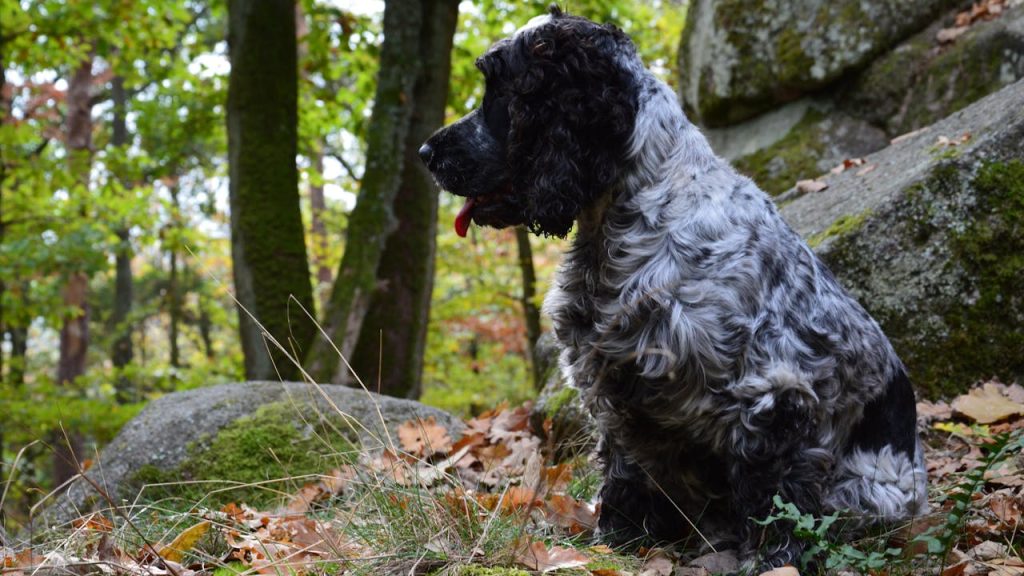
Dogs are creatures of habit, and they thrive on predictable schedules.
Start by taking your dog to the designated area first thing in the morning, after meals, and before bedtime. These are the times when dogs typically need to relieve themselves.
Watch for your dog’s timing signals, such as sniffing around or circling, which often indicate they need to go.
When you notice these behaviors, promptly guide your dog to the chosen area. By doing this consistently, you help your dog associate that specific spot with bathroom activities.
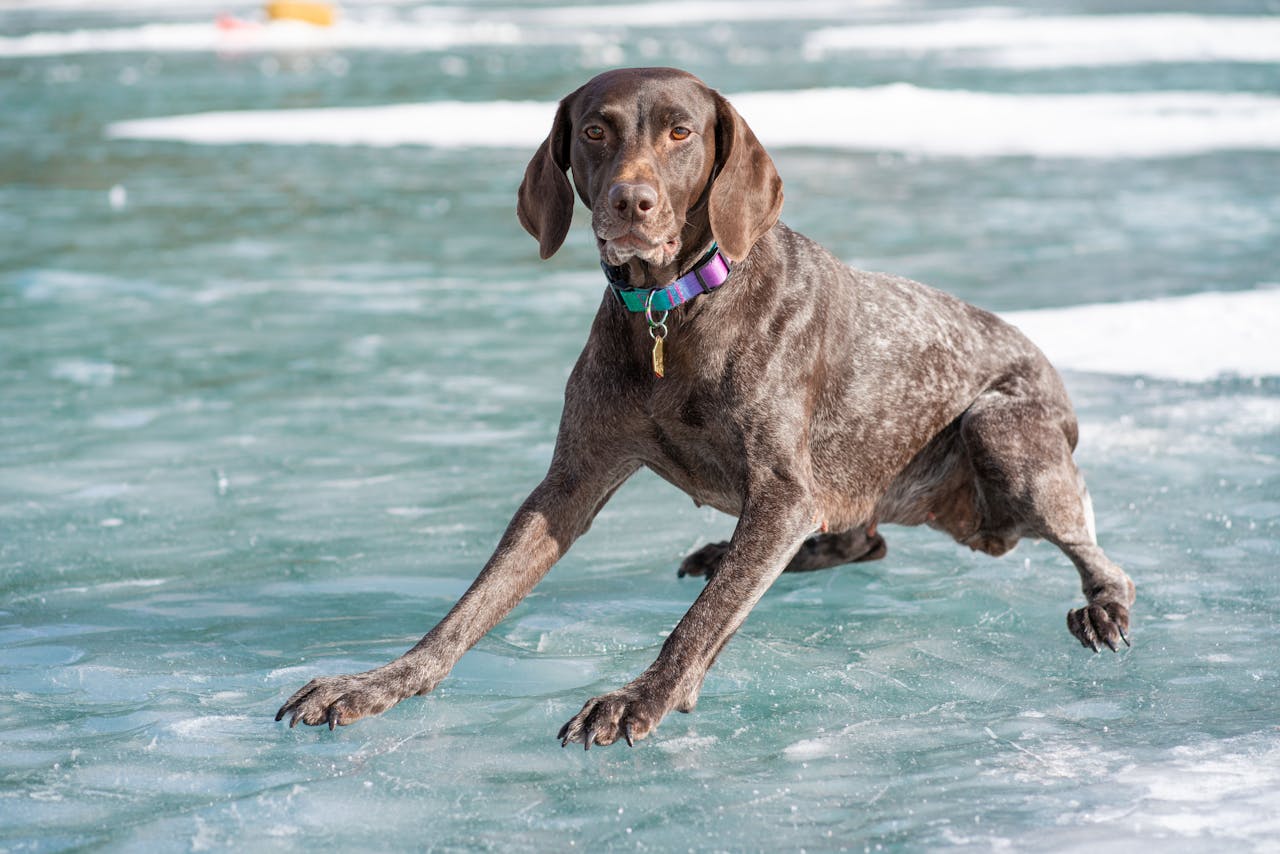
Keep the routine as regular as possible, even on weekends or holidays.
The more consistent you are, the faster your dog will understand the expectation. Use a simple command like ‘go potty‘ each time you lead your dog to the area.
This verbal cue reinforces the routine and helps your dog understand what’s expected.
Establishing a routine takes patience, but your efforts will pay off with a well-trained dog that knows exactly where to do its business.
Use Positive Reinforcement
How can you effectively encourage your dog to use the designated potty area? Positive reinforcement is your best tool.
It’s essential to guarantee that your dog associates the specific area with rewards and praise.
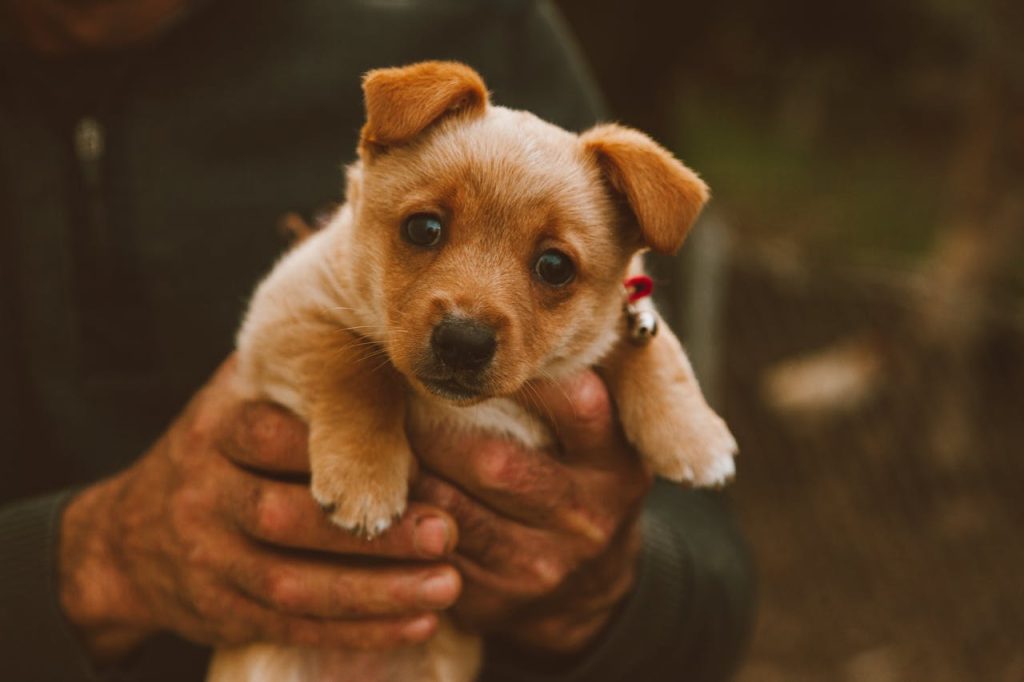
Here’s how you can do it:
- Clicker Training: Use a clicker to mark the moment your dog starts to poop in the designated area. The sound signals to your dog that they’re doing the right thing, even before they finish.
- Immediate Rewards: Timing is everything. As soon as your dog finishes, give them a treat and lots of praise. The immediate reward helps them link the behavior with the positive outcome.
- Consistent Praise: Consistency is key. Every time your dog uses the designated spot, praise them in the same enthusiastic manner. This consistency reinforces the desired behavior.
- Gradual Weaning: Over time, you can reduce the frequency of treats, but always keep the praise. This helps your dog understand that the behavior is expected without always needing a treat.
Supervise and Guide
To train your dog to poop in a designated area, you’ll need to supervise their initial behavior closely.
Use a leash to guide them to the spot each time they need to go.
Consistent supervision and gentle guidance will help them understand where they’re expected to do their business.
Monitor Initial Behavior
When you first start training your dog to poop in a designated area, keep a close watch on their behavior to guide them effectively.
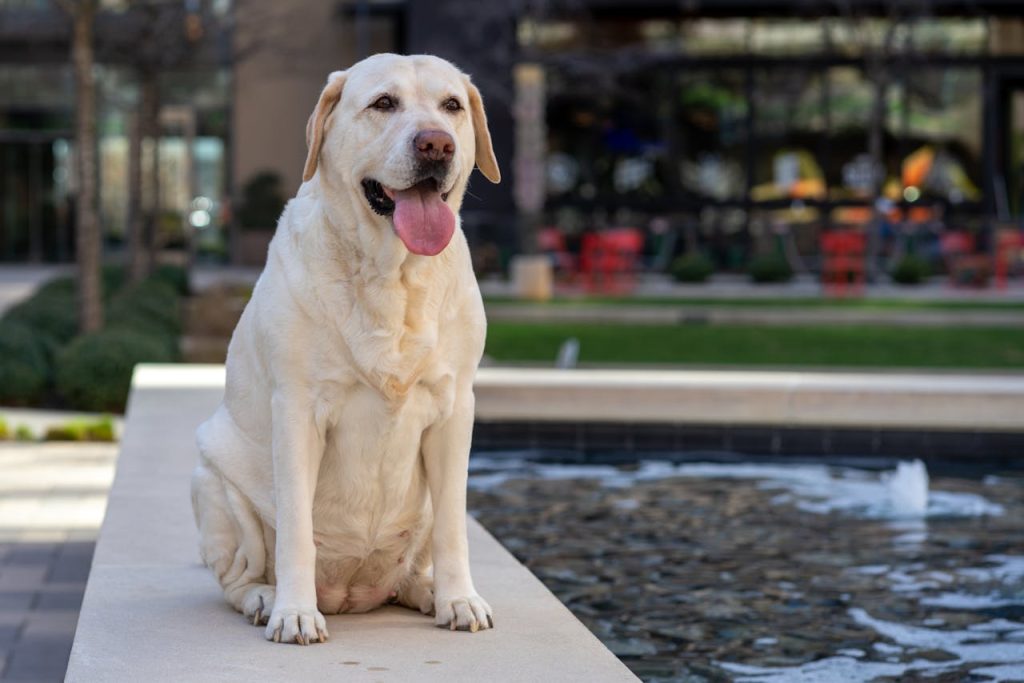
Recognize their behavioral cues, such as sniffing the ground, walking in circles, or whining. These signs indicate they need to go and can help you guide them to the right spot.
Pay attention to environmental factors that might influence their behavior. External stimuli such as noise, other animals, or weather conditions can affect your dog’s comfort and willingness to use the designated area.
Trending in Dogs:
Creating a quiet, comfortable space will increase your chances of success.
To monitor and guide your dog effectively:
- Keep a Schedule: Maintain a consistent feeding and potty schedule to predict when your dog needs to go.
- Observe Closely: Watch for those behavioral cues that suggest they need to relieve themselves.
- Use Positive Reinforcement: Praise and reward your dog immediately when they use the designated area.
- Minimize Distractions: Reduce environmental factors that might distract or stress your dog.
Use Leash Training
Leash training plays an essential role in supervising and guiding your dog to consistently use the designated potty area.
Start by attaching a leash and calmly walking your dog to the spot where you want them to poop.
Use positive leash techniques such as gentle tugs to direct them and maintain control without causing stress.
Pay close attention to your dog’s behavior cues, like sniffing or circling, which indicate they’re ready to go. When you notice these cues, guide them to the designated area promptly.
Consistency is key, so always use the same route and location to create a routine.
Once in the designated spot, give them enough time to relax and feel comfortable. Use a command like ‘go potty’ to signal what you expect.
If they poop, reward them immediately with praise or a small treat.
This positive reinforcement helps them associate the area with a rewarding experience.
Handle Accidents Properly
Accidents will happen, so it’s essential to clean up immediately to prevent your dog from returning to the same spot.
Use positive reinforcement techniques to encourage the right behavior instead of scolding them.
Clean Up Immediately
Promptly cleaning up any messes your dog makes is essential for effective training and maintaining a tidy environment.
Not only does this practice reinforce the desired behavior, but it also guarantees outdoor hygiene and a pleasant space for everyone.
Here’s how you can handle accidents properly:
- Gather Necessary Cleaning Supplies: Always have a poop bag, a disinfectant spray, and disposable gloves on hand. This guarantees you can clean up quickly and thoroughly.
- Remove Waste Promptly: As soon as you notice your dog has had an accident, pick up the waste immediately. This prevents lingering odors and discourages your dog from returning to the same spot.
- Disinfect the Area: Use a pet-safe disinfectant spray to clean the spot thoroughly. This removes any scent markers that might attract your dog back to the same location.
- Dispose of Waste Properly: Seal the waste in a bag and dispose of it in a designated trash bin. This maintains outdoor hygiene and keeps the environment clean for other pets and people.
Positive Reinforcement Techniques
To effectively train your dog to poop in a designated area, you should utilize positive reinforcement techniques to encourage the desired behavior.

Start by defining the specific spot using scent markers, such as a piece of fabric or grass with their scent on it. This helps your dog associate the area with their bathroom activities.
Next, incorporate clicker training to mark the moment your dog poops in the designated spot. As soon as they start to go, click the clicker and immediately follow up with a treat and praise.
This will reinforce the idea that pooping in this area results in positive outcomes.
Accidents are bound to happen, especially in the early stages. Handle accidents properly by staying calm and not punishing your dog.
Clean the area thoroughly to remove any lingering scent, as this can confuse your dog about where they should go.
Instead, redirect them to the designated spot using the scent markers and encourage them to sniff around. Patience and consistency are key.
Repeatedly using these techniques will help your dog understand where they should poop, making the training process smoother and more effective.
With time, your dog will reliably go in the designated area.
Gradually Reduce Guidance
Once your dog consistently uses the designated area, start gradually reducing your guidance to encourage independent behavior.
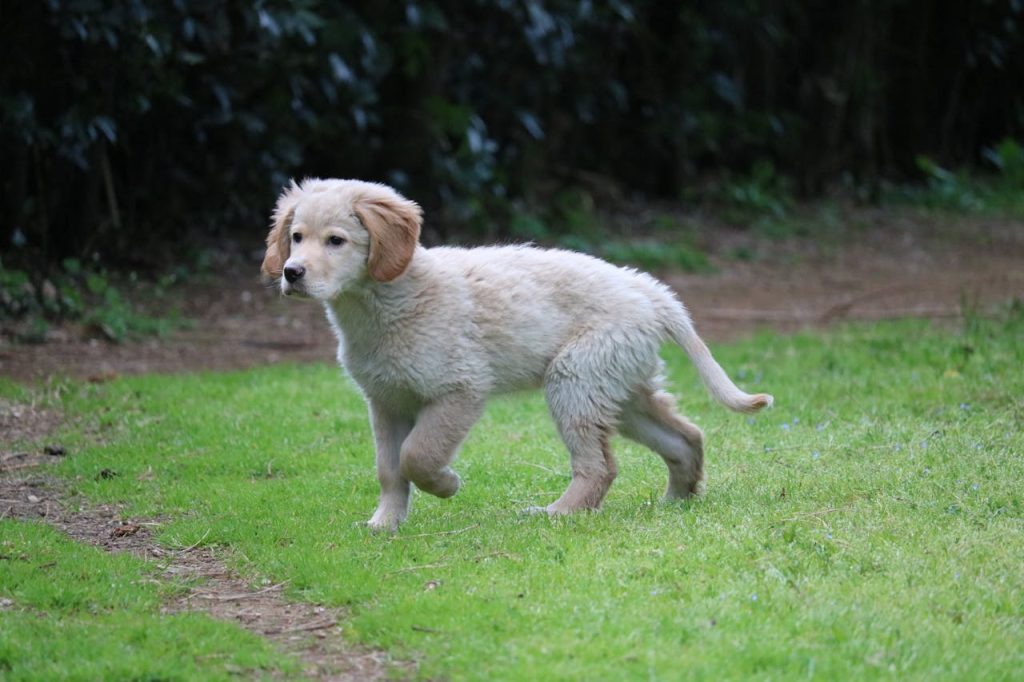
Achieving gradual independence is essential for your dog’s long-term success. Begin by paying close attention to their behavioral cues so you can anticipate when they need to go.
Here’s a step-by-step plan to help you:
- Increase Distance: Gradually walk your dog closer to the designated area but stop a bit further away each time. This encourages your dog to reach the spot on their own.
- Decrease Verbal Cues: Slowly reduce the frequency of verbal commands. If you usually say “Go potty,” try only saying it once or twice instead of repeatedly.
- Extend Time Intervals: Increase the intervals between taking your dog to the area. This helps them learn to hold it until they reach the designated spot.
- Monitor and Adjust: Keep an eye on your dog’s progress. If they’re struggling, provide more guidance. If they’re succeeding, continue to step back.
Frequently Asked Questions
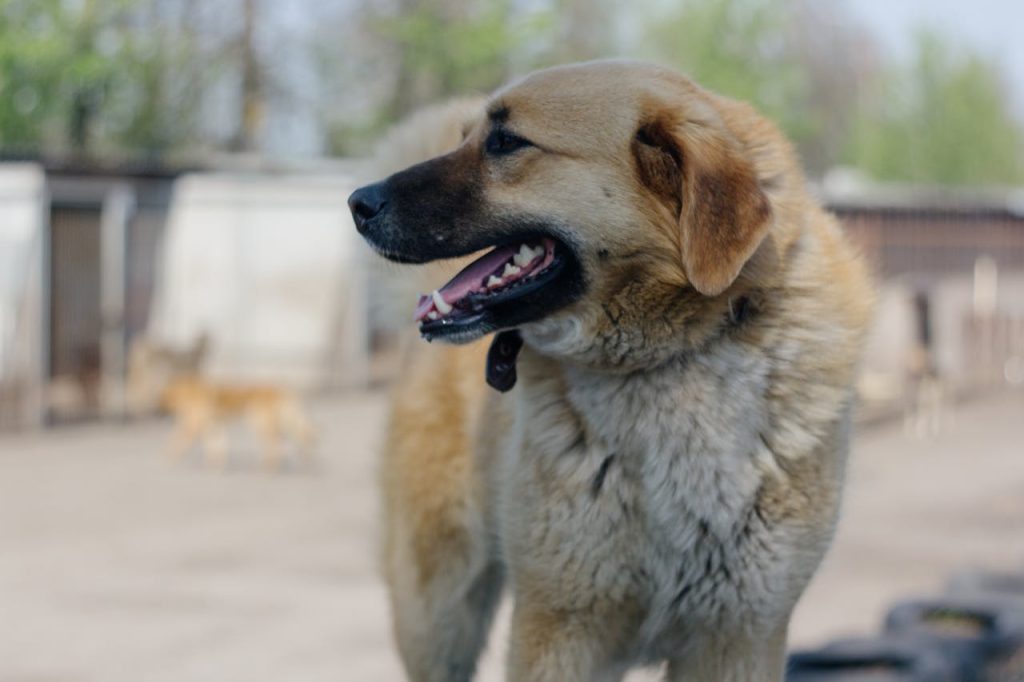
If your dog refuses the designated area, reassess your training techniques. Understand dog behavior; patience and consistency are key. Reward with treats and praise when they comply. Gradually, they’ll associate the area with positive experiences.
Training duration varies based on dog behavior. You might see progress in a few weeks, but it can take several months for consistent results. Patience and consistency are key.
Yes, you can use these training techniques with an older dog. Older dog behavior might require more patience, but consistency and positive reinforcement are key.
Restricting your dog’s potty area typically doesn’t cause potty health problems, but it can lead to behavioral issues if they feel confined. Ascertain the area is clean and comfortable to prevent stress and maintain their well-being.
If your dog eats poop, it’s like they’re chasing their tail with bad habits. Coprophagia causes include stress or nutritional deficiencies. Poop eating solutions involve vet consultations, dietary adjustments, and behavioral training.
Be patient and consistent.
Conclusion

By choosing the perfect spot and gathering your supplies, you’ve set the stage.
Establishing a routine and using positive reinforcement will make training a breeze.
Don’t forget to supervise and gently guide your furry friend, handling any little mishaps with patience.
Over time, you’ll gradually reduce your guidance.
With these steps, your dog will soon be a pro at using their designated area, making life cleaner and more comfortable for both of you.
Happy training!
